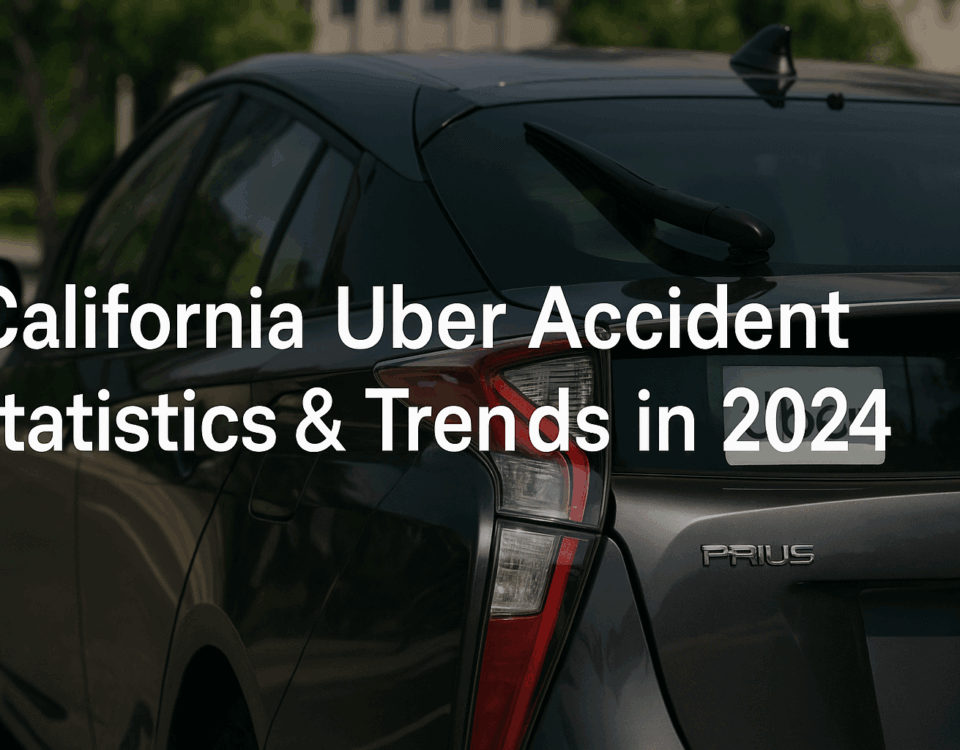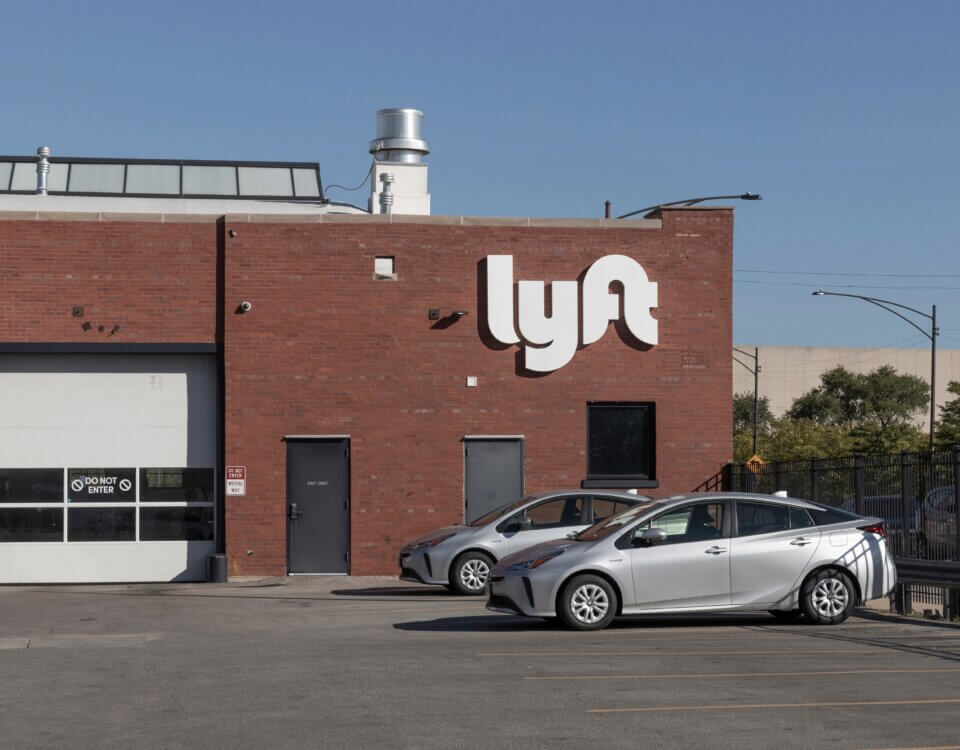This is a rigorous, source-backed look at Lyft-related safety in California using what is publicly available as of September 2025. Where 2024 California specific counts are not yet published, I say so directly and lean on the strongest adjacent indicators.
Key findings
- California did not publish a Lyft only crash count for 2024. The California Public Utilities Commission requires Transportation Network Companies to file Annual Reports that include collisions and other safety outcomes. A 2025 proposed decision directs TNCs to file public versions of their 2021 to 2024 Annual Reports, with limited redactions and 30 minute timestamp aggregation. That means more California level collision data is expected to enter the public record. California Public Utilities Commission
- Lyft’s latest U.S. Safety Transparency Report covers 2020 to 2022 and was released in July 2024. It documents 111 motor vehicle fatalities on the platform over those three years, 23 fatal physical assaults, and 2,651 reports in the five most serious sexual assault categories, across about 1.41 billion rides. Lyft reports these severe incidents occurred in about 0.0002% of rides. Contentful
- Per mile risk context. Lyft’s fatal crash rate per 100 million VMT was 0.68 in 2020, 0.86 in 2021, and 1.02 in 2022, compared with the U.S. national rates of 1.34, 1.38, and 1.33 in those years. Contentful
- California’s overall roadway risk improved into 2024. State traffic fatalities fell from 4,539 in 2022 to 4,061 in 2023 and NHTSA’s early estimate puts 2024 U.S. deaths at 39,345 with a fatality rate of 1.20 per 100 million VMT. This sets a favorable backdrop for rideshare risk. Office of Traffic Safety
- Rideshare exposure is concentrated in a few metros. About 64% of California TNC trips occur in Los Angeles, San Francisco, and San Diego counties, so most Lyft risk is urban and corridor specific. CommConveyance
What we can quantify today
Table 1. Lyft severe safety outcomes in the United States
| Metric | 2020 | 2021 | 2022 | 2020–2022 total | Notes |
|---|---|---|---|---|---|
| Motor vehicle fatalities | 25 | 36 | 50 | 111 | Rate per 100M VMT was 0.68, 0.86, 1.02 vs national 1.34, 1.38, 1.33 |
| Fatal physical assaults | 7 | 10 | 6 | 23 | Method aligned to industry and validated by GHSA |
| Serious sexual assault reports | — | — | — | 2,651 | Five most serious categories, 2020–2022 combined |
| Completed rides | — | — | — | ~1.41 billion | Severe incidents in about 0.0002% of rides |
Source. Lyft Safety Transparency Report 2020–2022. Contentful
Table 2. California safety backdrop that influences Lyft risk
| Indicator | Value | Year | Why it matters |
|---|---|---|---|
| California traffic fatalities | 4,061 | 2023 | Down nearly 11% from 2022, easing exposure risk for all road users |
| U.S. traffic fatalities | 39,345 | 2024 estimate | Rate fell to 1.20 per 100M VMT, lowest since 2019 |
| TNC trip concentration in LA, SF, SD | 64% of statewide trips | Latest compiled | Lyft exposure is heavily urban and corridor specific |
Sources. OTS Quick Stats for California totals. NHTSA early 2024 estimate. SFCTA analysis of CPUC data. Office of Traffic Safety+2CrashStats+2
Table 3. Prior California reporting that shows scale inside CPUC files
| CPUC public analysis window | Lyft collisions reported | Uber collisions reported | Notes |
|---|---|---|---|
| Sep 2019 to Aug 2020 | ~11,200 | ~14,800 | From the CPUC public Annual Reports compiled by SFCTA. Also documents non collision incidents and methodological differences between companies |
Source. SFCTA TNCs 2020 Chapter 4. TNCs 2020
2024 in California. What we know and what to watch
- The CPUC is moving toward publishing redacted public versions of TNC Annual Reports for 2021 to 2024, which include collision data. Once posted, California specific Lyft collision counts and rates can be computed and compared across counties and corridors. California Public Utilities Commission
- Lyft’s 2020 to 2022 U.S. pattern shows that the absolute number of fatal crashes rose during the pandemic era even as overall crash frequency fell, but Lyft’s fatality rate per mile remained below the national average. If California’s 2023 and 2024 roadway improvements hold, Lyft’s California risk in 2024 likely trended flat to down pending CPUC release. Contentful+2Office of Traffic Safety
- Expect differences between company counts and CPUC rollups. SFCTA’s audit of CPUC public files shows taxonomy mismatches between Uber and Lyft for collisions and other safety categories. The CPUC’s 2025 proposed decision acknowledges the strong public interest in disclosure and sets new formatting and aggregation rules, which should improve consistency. TNCs 2020
Where Lyft risk concentrates in California
- Urban arterials and downtown networks with high pickup and drop off activity in Los Angeles, San Francisco, and San Diego see the most exposure. This is where speed management, curb management, and turn phase protections deliver the highest payoff. CommConveyance
- Night and weekend periods are typically over represented in severe urban crashes systemwide, which aligns with rideshare demand peaks. The statewide decline in 2023 fatalities suggests enforcement and calmer traffic volumes helped. Office of Traffic Safety
Practical takeaways for agencies and firms in 2024 to 2025
- Prepare to align CPUC released collision counts with Vision Zero high injury networks in LA, SF, and SD to target curb design, pickup zones, signal timing, and left turn protection where rideshare activity is highest. CommConveyance
- Use Lyft’s rate framing, not just raw counts. When CPUC posts 2021 to 2024 tables, compute fatal and injury collisions per million VMT and per million trips by county to avoid misleading rank ordering by sheer volume. The Lyft report includes VMT based rates that can serve as a benchmark. Contentful
- Address driver work risk directly. Peer reviewed research in 2024 highlights elevated work related crash risk among rideshare drivers tied to night driving, fatigue, and distraction. Scale app nudges for breaks, speeding feedback, and hotspot alerts. California Public Utilities Commission
Methods and limitations
- Scope here uses Lyft’s U.S. safety report for 2020 to 2022 and California’s statewide road safety indicators for 2023 to 2024. Lyft has not published California only counts for 2024, and the CPUC has not yet posted public collision tables for 2024 Annual Reports. Contentful
- The SFCTA TNCs 2020 project demonstrates the categories the CPUC receives, including collisions, and reveals taxonomy differences that complicate direct company to company comparisons. Expect improved transparency as CPUC implements new disclosure guidance. TNCs 2020
Sources
- CPUC Required Reports for TNCs and TNC Data Portal. California Public Utilities Commission
- CPUC proposed decision to release 2021 to 2024 Annual Reports with limited redactions. California Public Utilities Commission
- Lyft Safety Transparency Report 2020 to 2022. Lyft
- SFCTA TNCs 2020 analysis of CPUC public Annual Reports. TNCs 2020
- California Office of Traffic Safety Quick Stats and NHTSA 2024 early estimate. Office of Traffic Safety
Note: These blog posts are created solely for the use of Hillstone Law. The information is gathered from internet research, publicly available sources, and artificial intelligence (AI) tools such as ChatGPT. While we aim to share helpful and educational content, Hillstone Law does not independently verify every detail. Some information may be incomplete, outdated, or subject to change without notice. If you believe any part of a post is inaccurate, misleading, or infringes upon copyright, please contact Hillstone Law immediately so we can review it and take appropriate action, including correction or removal.
Disclaimer: The material provided in these blogs is for general informational purposes only and should not be considered legal advice. Reading these posts does not create, and is not intended to create, an attorney-client relationship with Hillstone Law. Our intent is to share knowledge, raise awareness, and provide helpful resources to the public; however, Hillstone Law makes no warranties or guarantees about the accuracy, completeness, or reliability of the information provided, and expressly disclaims liability for any actions taken in reliance on it. The photos used in these posts are for illustrative purposes only and do not depict actual clients, individuals, or incidents unless expressly stated. If you or a loved one has been injured in an accident, please contact Hillstone Law at (855) 691-1691. Our attorneys are available to answer your legal questions and help you understand your rights.







